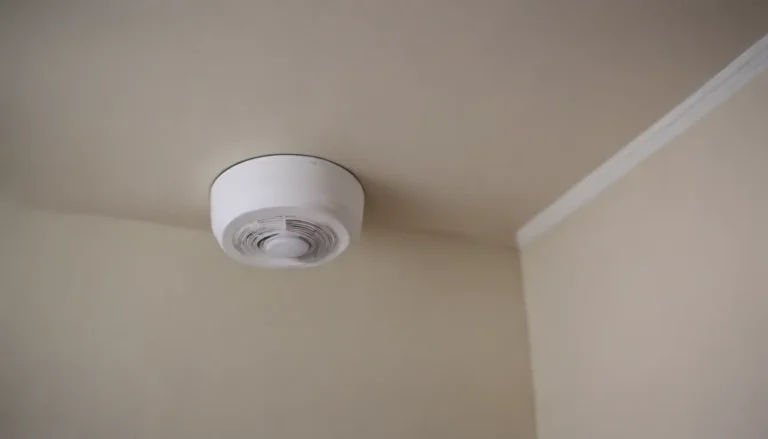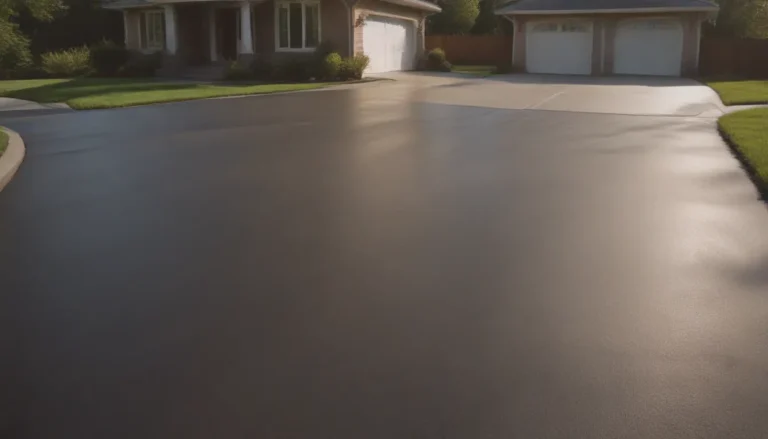Creating a Comfortable Home: The Importance of Ideal Humidity Levels

Are you tired of dealing with mold growth, dust mites, and other issues caused by improper humidity levels in your home? Maintaining the right humidity level is crucial for the overall comfort of your living space. In this comprehensive guide, we will delve into the world of indoor humidity, explore the ideal humidity levels for a comfortable home, and provide practical tips on how to ensure your home stays within the recommended range.
Understanding Humidity: What You Need to Know
Before we dive into the ideal humidity levels for your home, let’s take a moment to understand what humidity really means. In simple terms, humidity refers to the amount of water vapor present in the air. There are two main ways to measure humidity:
- Absolute Humidity: This is the actual amount of water vapor present in the air.
- Relative Humidity: This is the ratio of the current absolute humidity to the highest possible absolute humidity at a given temperature.
Finding the Sweet Spot: The Ideal Humidity Level for Your Home
The ideal humidity level for a home can vary depending on personal preferences. However, for the average person, maintaining a humidity level between 30 to 50 percent is considered the most comfortable range. Within this range, you can strike a balance that ensures optimal comfort without risking problems associated with high or low humidity levels.
Problems Caused by Low Humidity
When the humidity level in your home drops below 30 percent, it can lead to a variety of issues, including:
- Difficulty breathing due to dry air.
- Drying out of wooden surfaces, leading to cracks.
- Formation of cold spots, often caused by inadequate heating systems.
Problems Caused by High Humidity
On the other hand, if the humidity levels exceed 50 percent for an extended period, you may encounter the following problems:
- Increased risk of mold, mildew, and dust mite growth.
- Peeling of paint or wallpaper.
- Excess moisture in walls, floors, and ceilings.
How to Measure Home Humidity
Now that you understand the importance of maintaining ideal humidity levels, let’s explore some methods to check and monitor the humidity in your home:
- Hygrometers: These devices are specifically designed to measure humidity levels in the air.
- Thermostats: Some thermostats come equipped with humidity sensors to help you monitor indoor humidity levels.
- Humidistats: Similar to thermostats, humidistats are devices that measure and control humidity levels.
- Humidifiers or Dehumidifiers: Investing in a humidifier or dehumidifier can help regulate humidity levels in your home.
Tips for Adjusting Home Humidity Levels
Whether you need to increase or decrease humidity levels in your home, there are several strategies you can employ to achieve the desired balance.
Increasing Humidity Levels
If your home suffers from low humidity, consider the following techniques to boost moisture levels:
- Portable Humidifiers: These devices release moisture into the air to increase humidity levels.
- Air-Drying Laundry Indoors: Hang wet clothes indoors to add moisture to the air.
- Invest in Houseplants: Plants naturally release moisture through a process called transpiration.
- Use a Spray Bottle: Mist water in the air to increase humidity in specific areas.
- Switch from Furnace to Radiant Heating: Radiant heating systems are known to maintain higher humidity levels compared to traditional furnaces.
Decreasing Humidity Levels
On the other hand, if high humidity is a persistent issue in your home, try these methods to lower humidity levels:
- Replace Old Air Conditioner Units: Upgrading to newer, more efficient AC units can help reduce humidity levels.
- Take Shorter Showers and Avoid Baths: Limiting steam production can prevent excess moisture in the air.
- Install a Bathroom Exhaust Fan: Proper ventilation can help remove humid air from enclosed spaces.
- Cover a Dirt Basement Floor with a Vapor Barrier: This simple step can prevent moisture from seeping into your home.
- Portable Dehumidifiers: Consider using portable dehumidifiers in specific areas with high humidity levels.
Maintaining indoor humidity levels between 30 to 50 percent is essential for a comfortable and healthy living environment. Excessive humidity can create favorable conditions for bacteria, viruses, and fungi to thrive, leading to potential health hazards and mold growth. By keeping a close eye on your home’s humidity levels and making necessary adjustments, you can ensure a pleasant and comfortable living space for you and your family.
In conclusion, achieving the ideal humidity level for your home is an essential aspect of maintaining comfort and overall well-being. By understanding the potential problems associated with both low and high humidity levels, and implementing practical solutions to regulate humidity, you can create a healthy and enjoyable living environment for all occupants. Remember, a balanced humidity level is the key to a happy home!





